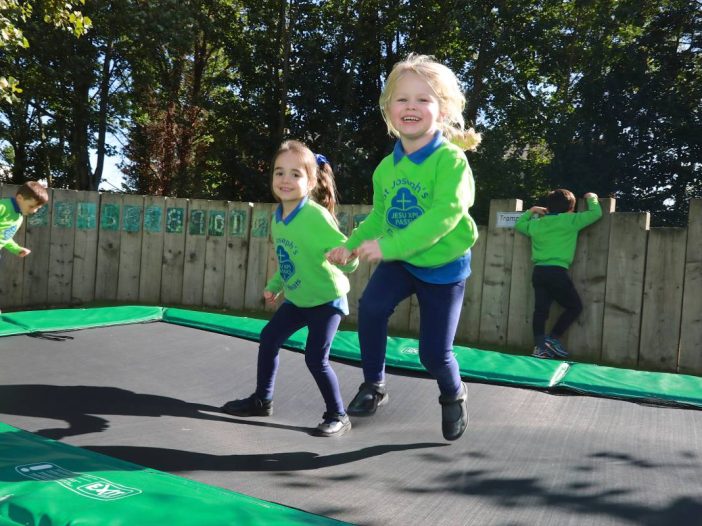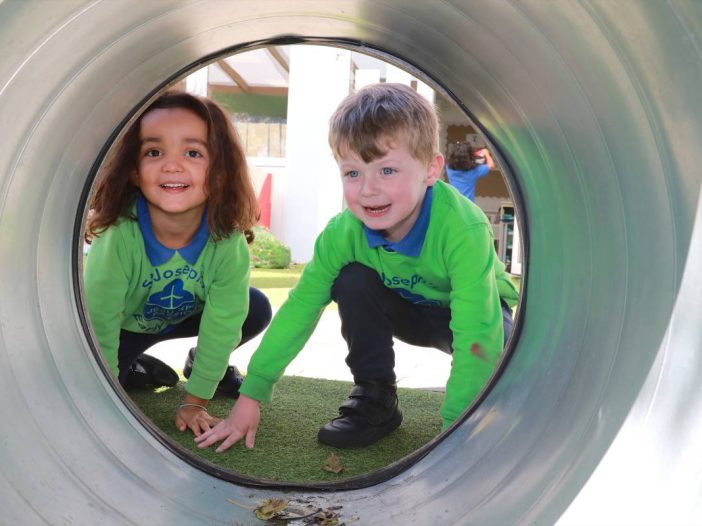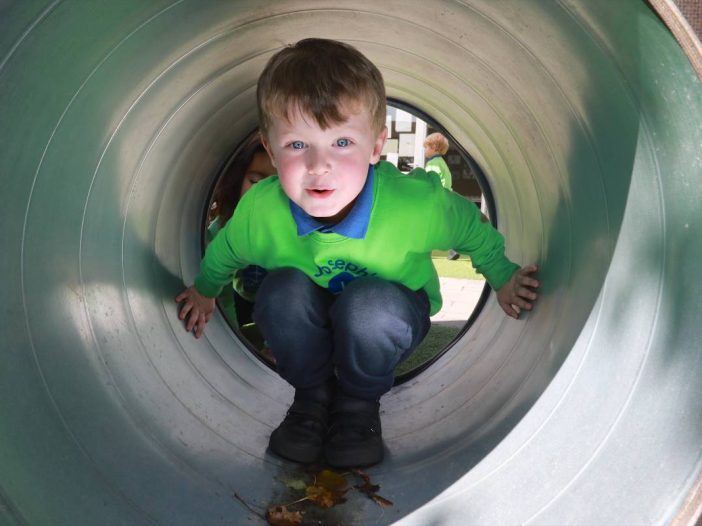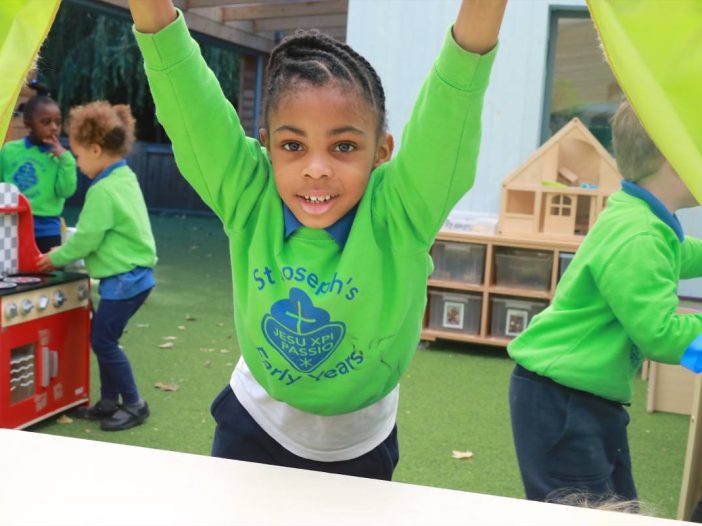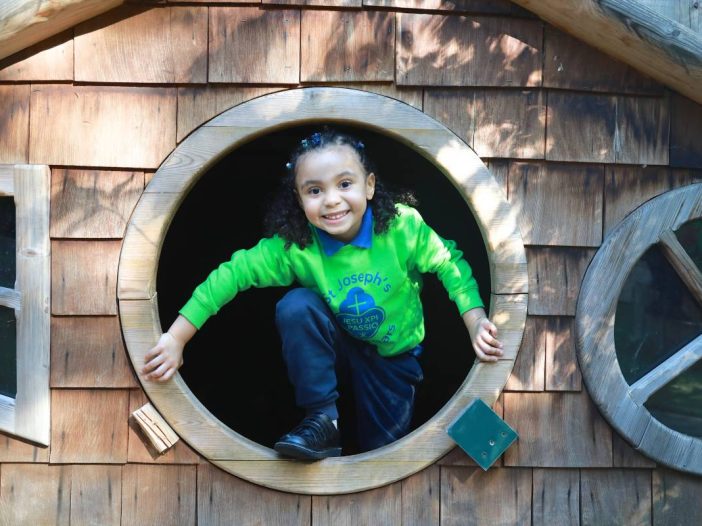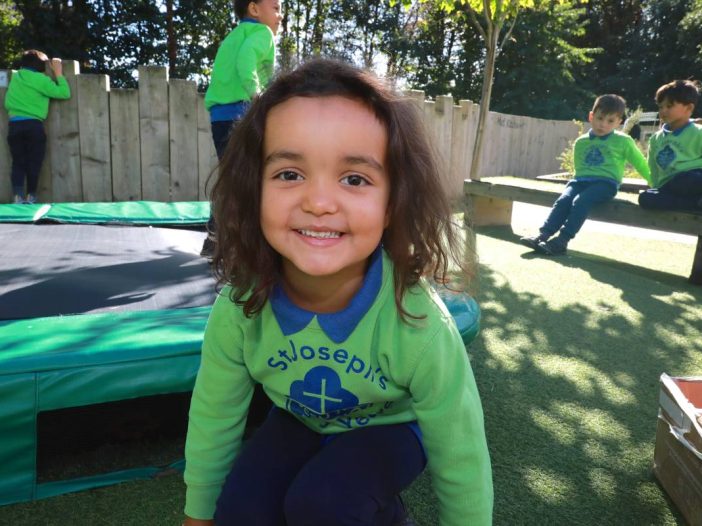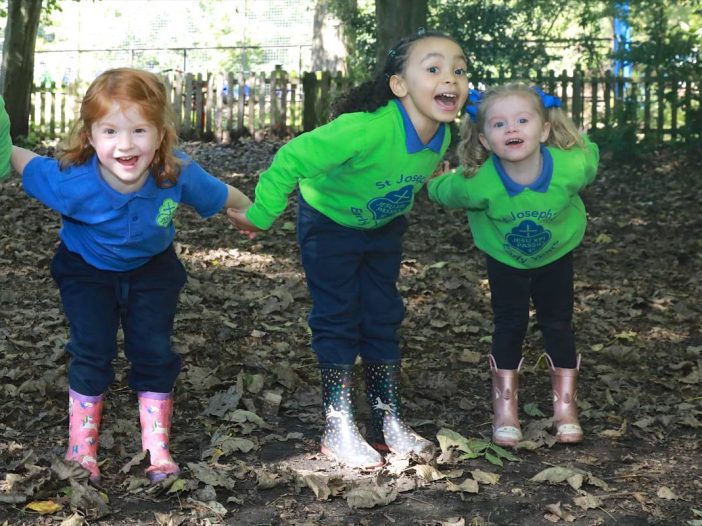We are looking forward to a successful year working with parents to support each child’s learning. We hope to see you at our Stay and Read (Tuesday) and Stay and Play (Friday) mornings. Thank you for your continued support.
Please follow the below links for Nursery documents.
Welcome to Nursery September 2023

